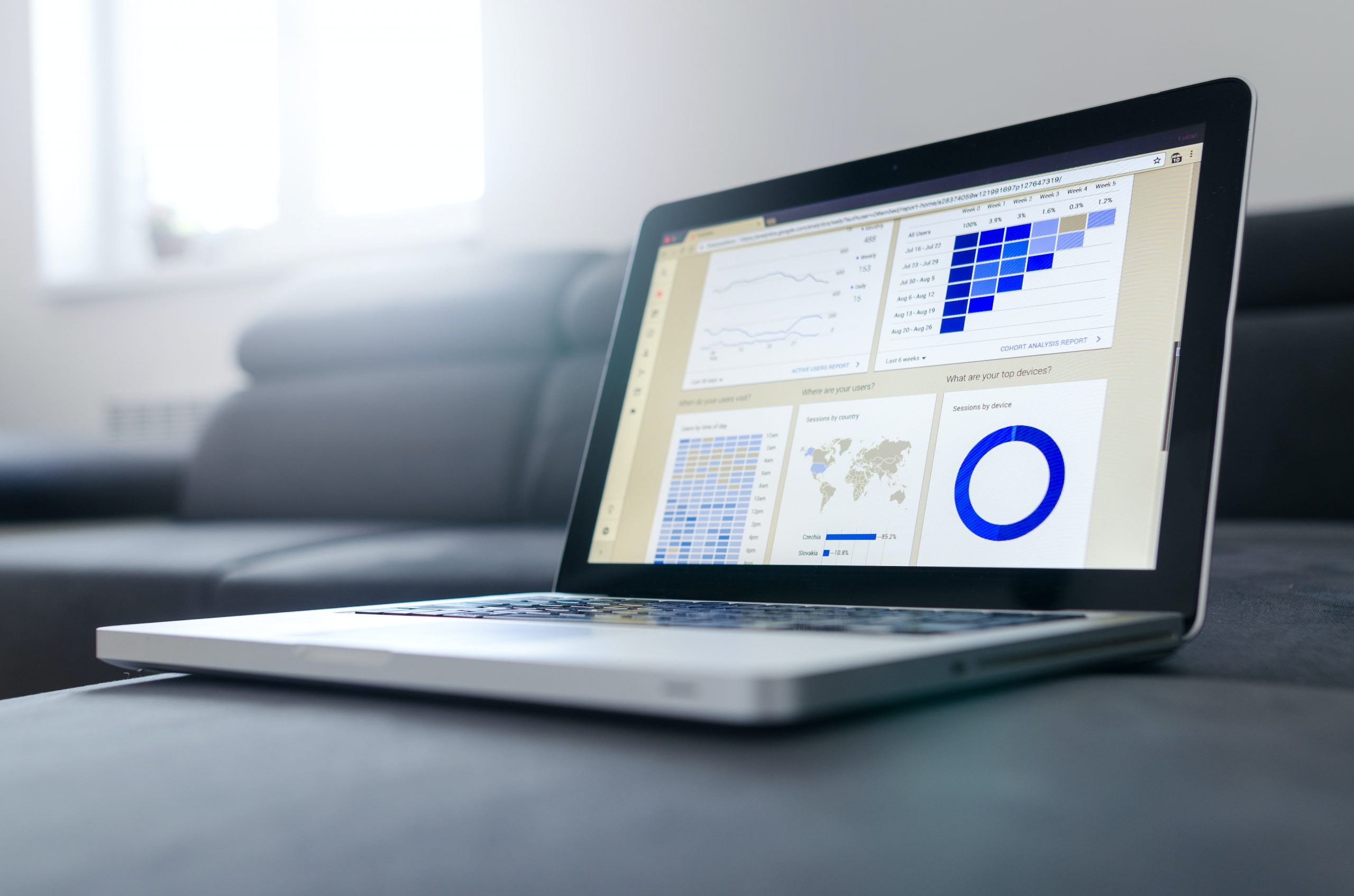From Insights To Actions: Why You Must Upgrade From Descriptive To Prescriptive Analytics
3 minutes, 15 seconds read

What makes you stand out as a decision maker in a company? Without data, you’re just another person with an opinion. Why should we use your opinion instead of others? You are only as good as the insights you have from your company’s generated data.
The amount of data being collected in today’s manufacturing operations and the potential insights that could be derived from all this data are staggering. Organizations and the individuals making decisions are struggling to know where to start in applying all these insights into their ongoing decision making. That includes daily activities, tactical initiatives, and strategic plans that require leadership and decision making.
The only way to leverage all this information is to let the same technology that collected all this data create actionable, prescriptive steps that can be taken by individuals. That is the move from Descriptive Analytics to Prescriptive Analytics.
Descriptive Analytics: Insight into the Past
Descriptive analysis or statistics does exactly what the name implies: they “describe”, or summarize, raw data and make it into something interpretable by humans. They are analytics that describe the past. The past refers to any point of time that an event has occurred, whether it is one minute or one year ago. Descriptive analytics are useful because they allow us to learn from past behaviors, and understand how they might influence future outcomes.
A vast majority of the statistics we use fall into this category. (Think basic arithmetic like sums, averages, and percent changes.) Usually, the underlying data is a count, or aggregate of a filtered column of data to which basic math is applied. For all practical purposes, there are an infinite number of these statistics. Descriptive statistics are useful to show things like: total stock in inventory, average dollars spent per customer, and year-over-year change in sales. Common examples of descriptive analytics are reports that provide historical insights regarding the company’s production, financials, operations, sales, finance, inventory and customers.
Use Descriptive Analytics when you need to understand at an aggregate level what is going on in your company, and when you want to summarize and describe different aspects of your business.
Prescriptive Analytics: Advise on Possible Outcomes
The relatively new field of prescriptive analytics allows users to “prescribe” a number of different possible actions and guide them towards a solution. In a nutshell, these analytics are all about providing advice. Prescriptive analytics attempt to quantify the effect of future decisions in order to advise on possible outcomes before the decisions are actually made. At their best, prescriptive analytics predicts not only what will happen, but also why it will happen, providing recommendations regarding actions that will benefit from the predictions.
These analytics go beyond descriptive and predictive analytics by recommending one or more possible courses of action. Essentially. they predict multiple futures and allow companies to assess a number of possible outcomes based upon their actions.
Prescriptive analytics use a combination of techniques and tools such as business rules, algorithms, machine learning and computational modeling procedures. These techniques are applied against input from many different data sets including historical and transactional data, real-time data feeds, and big data.
Prescriptive analytics are relatively complex to administer, and most companies currently do not use them in their daily course of business. When implemented correctly, they can have a large impact on how businesses make decisions and on the company’s bottom line. Larger companies are successfully using prescriptive analytics to optimize production, scheduling and inventory in the supply chain to make sure they are delivering the right products at the right time, and optimizing the customer experience.
Use Prescriptive Analytics anytime you need to provide users with advice on what action to take.
Like this content? Sign up for our Newsletter
[hubspot type=form portal=561211 id=fda6d445-739e-4072-8dae-68b94971a266]THE FRONTLINE DOJO
More Articles
How to develop the next billion Knowledge Workers
3 minutes, 51 seconds read
Digital transformation in manufacturing is not what you think it is
10 minutes, 36 seconds read
The human side of change management: lessons learned from Toyota, Airbus, and Silicon Valley
1 minute, 28 seconds read
The true meaning of Genchi Genbutsu
3 minutes, 5 seconds read